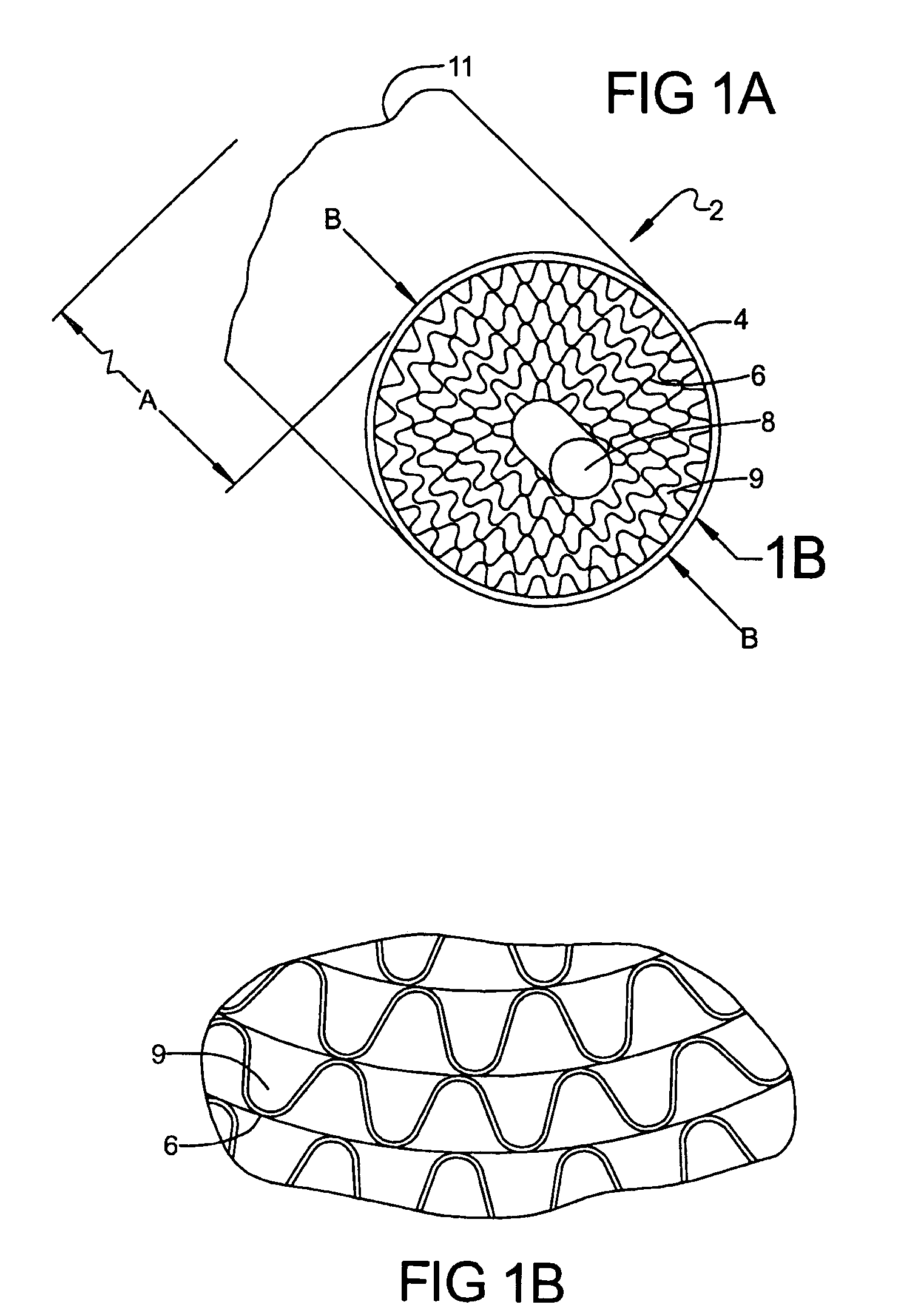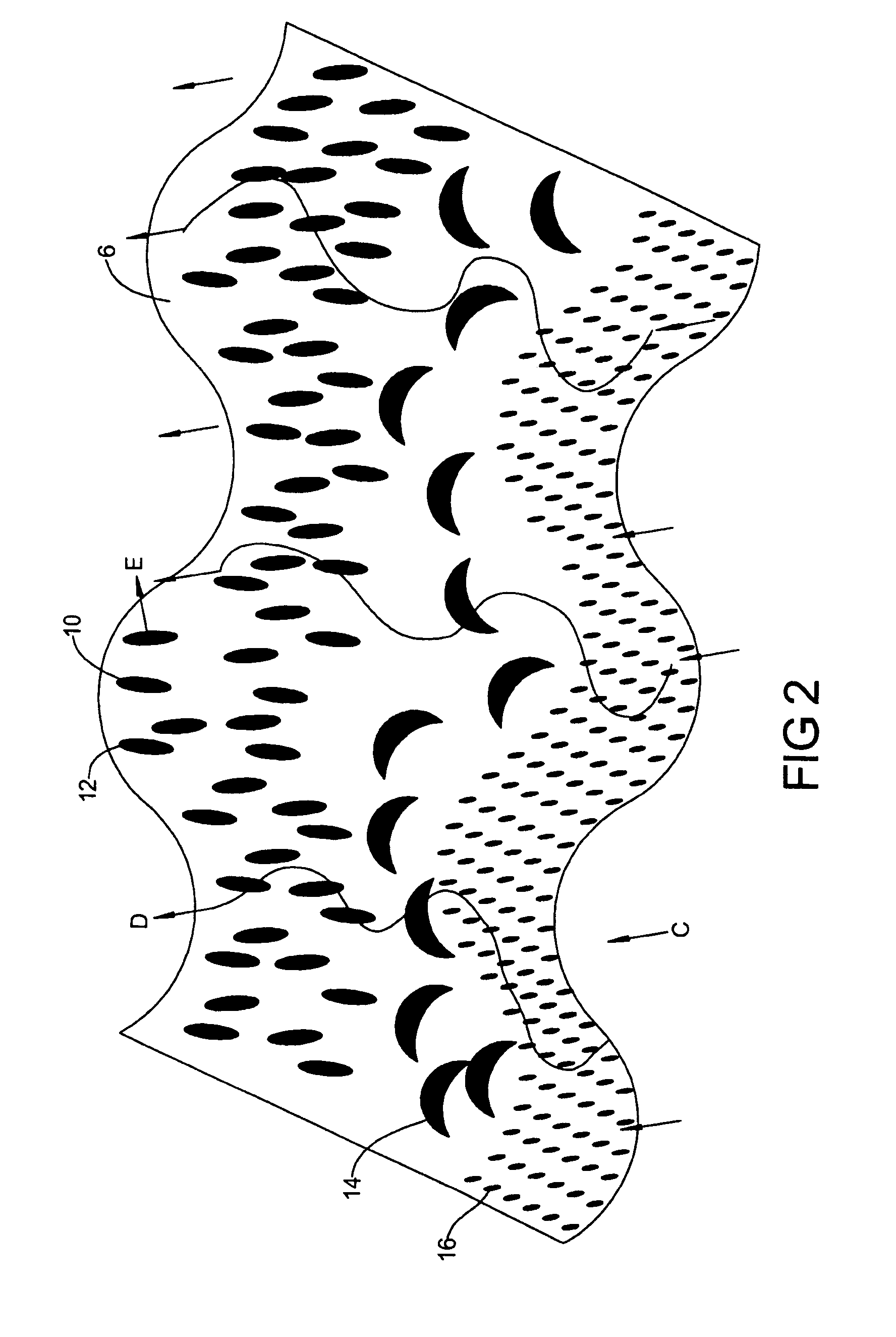Reactor manufacturing method for a fuel cell processor
a fuel cell and reactor technology, applied in the direction of machines/engines, metal/metal-oxide/metal-hydroxide catalysts, chemical/physical processes, etc., can solve the problems of automobile honeycomb monolith exhaust catalytic reactors, often detrimental to the development of laminar flow of honeycomb monoliths, and mass transportation problems
- Summary
- Abstract
- Description
- Claims
- Application Information
AI Technical Summary
Benefits of technology
Problems solved by technology
Method used
Image
Examples
Embodiment Construction
[0033]The following description of the preferred embodiment(s) is merely exemplary in nature and is in no way intended to limit the invention, its application, or uses. Variations that do not depart from the jist of the invention are intended to be within the scope of the invention. Such variations are not to be regarded as a departure from the spirit and scope of the invention.
[0034]Referring to FIG. 1A, a catalytic reactor assembly 2 of the present invention is disclosed. Catalytic reactor assembly 2 includes an outer body 4, a catalytic bed having a series of metal foil layers 6, and a central mandrel 8. In this configuration, a catalytic bed length A and a catalytic bed diameter B are represented. Flow through the metal foil layer 6, will enter through an inlet end 9 of catalytic reactor assembly 2 and travel through the paths of the metal foil layers 6 to an exit end 11 of catalytic reactor assembly 2. Referring now to FIG. 1B an exploded view of inlet end 9 of the rolled coil ...
PUM
| Property | Measurement | Unit |
|---|---|---|
| thickness | aaaaa | aaaaa |
| thickness | aaaaa | aaaaa |
| thickness | aaaaa | aaaaa |
Abstract
Description
Claims
Application Information
 Login to View More
Login to View More - R&D
- Intellectual Property
- Life Sciences
- Materials
- Tech Scout
- Unparalleled Data Quality
- Higher Quality Content
- 60% Fewer Hallucinations
Browse by: Latest US Patents, China's latest patents, Technical Efficacy Thesaurus, Application Domain, Technology Topic, Popular Technical Reports.
© 2025 PatSnap. All rights reserved.Legal|Privacy policy|Modern Slavery Act Transparency Statement|Sitemap|About US| Contact US: help@patsnap.com



